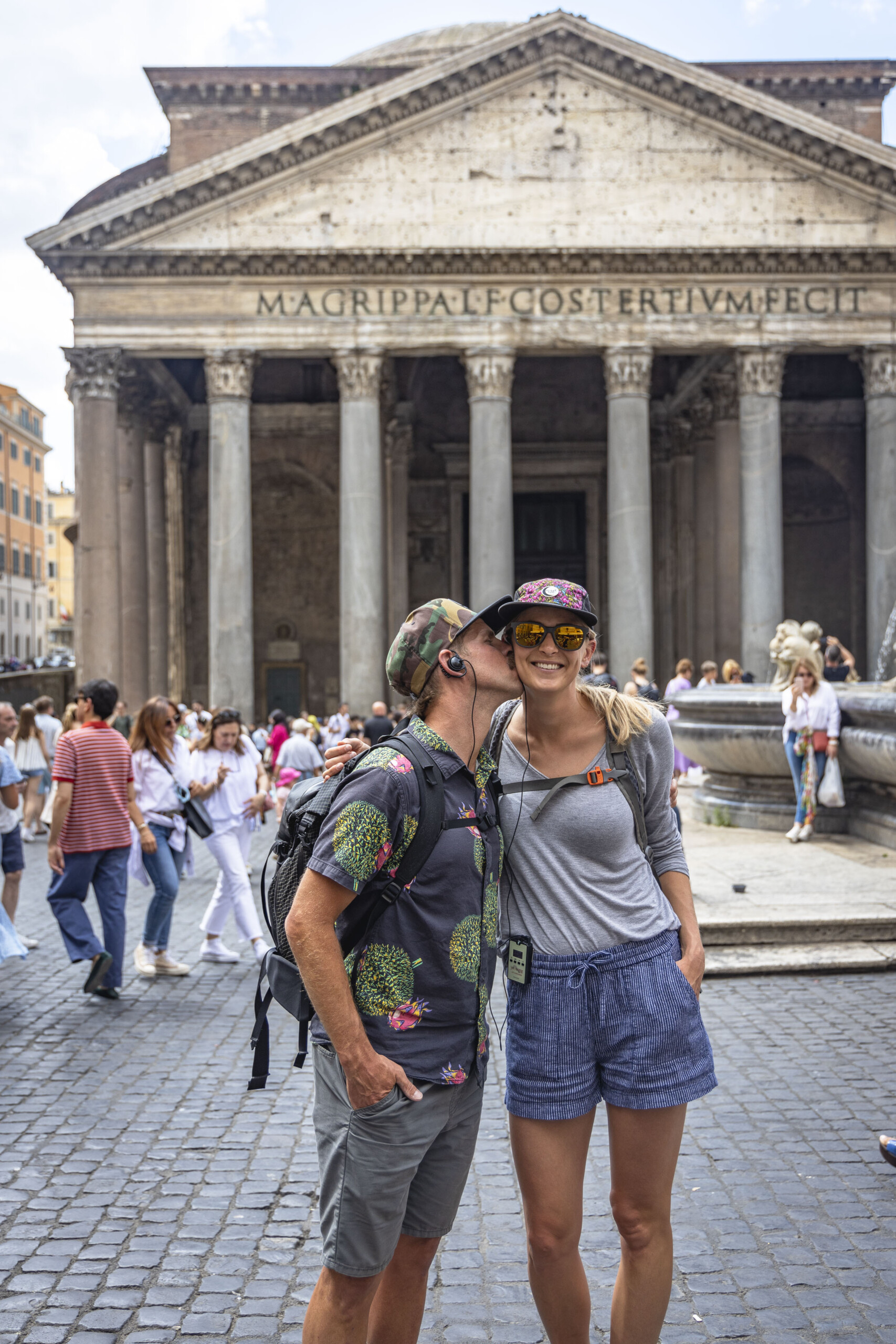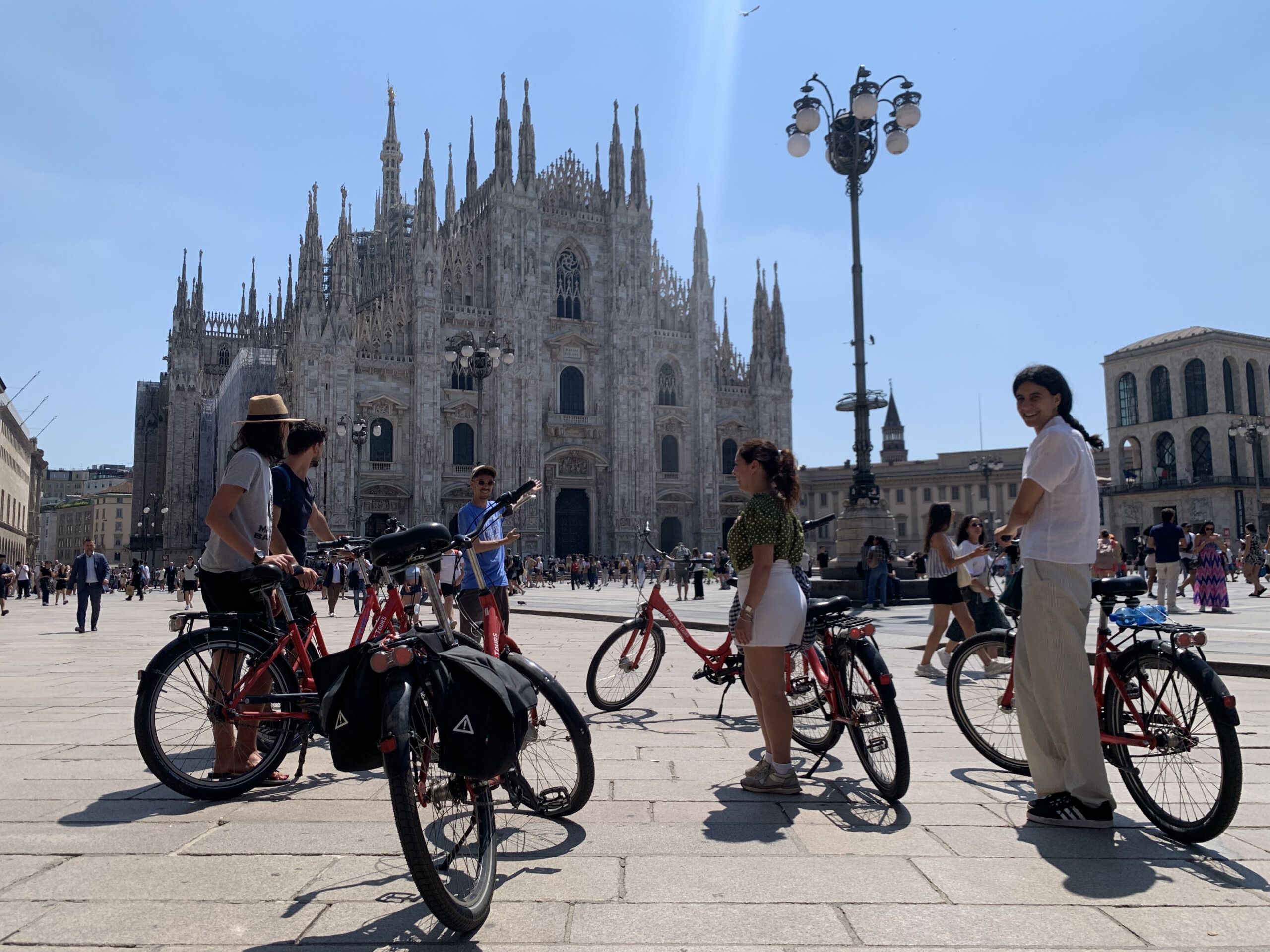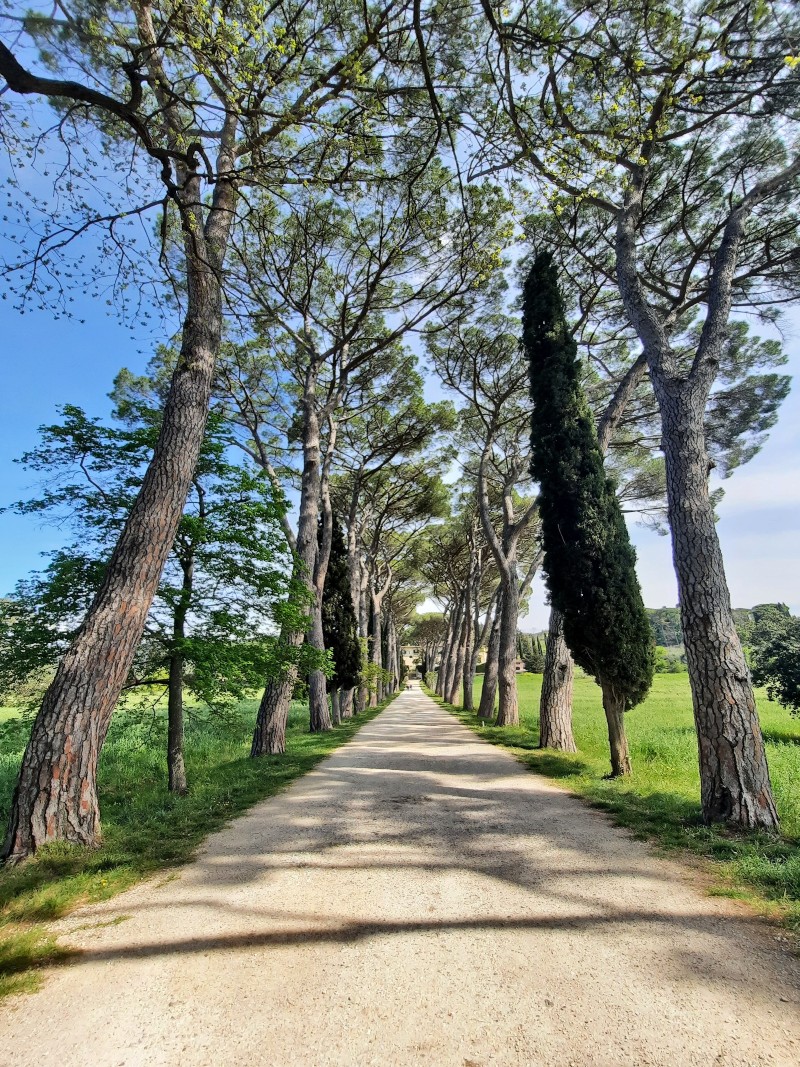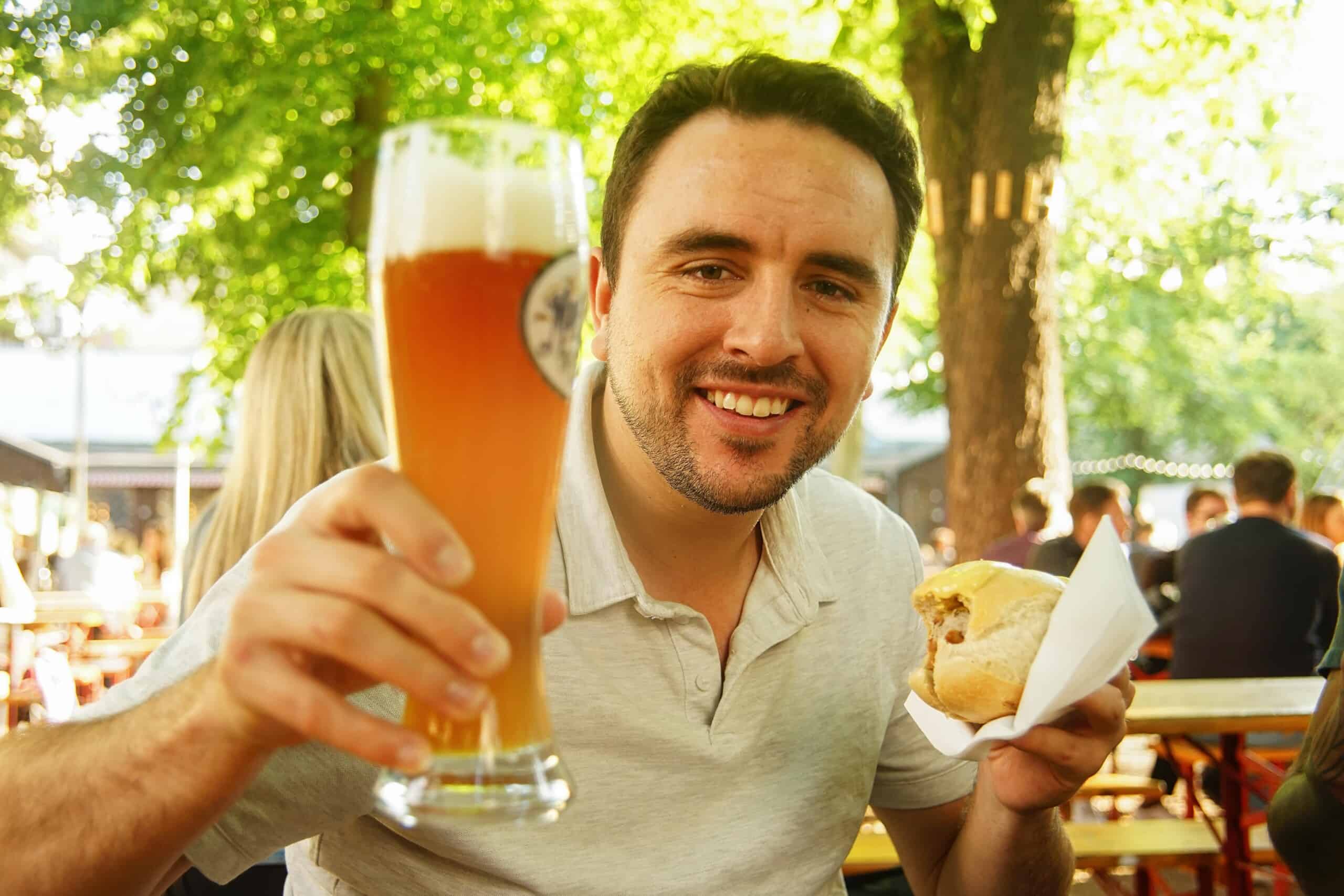By Timothy Palma
Looking at the out over Berlin westward from Alexanderplatz, one might more easily believe themselves in Dubai or Shanghai than in the capital of Germany. However, the abundance of building cranes that punctuate the skyline have become commonplace in the Berlin, a city still in the midst of its own reconstruction. A significant part of this development is in reaction not to the fall of the wall and German reunification, but to that destruction of the Second World War, which left about ninety percent of Berlin’s buildings damaged or destroyed.
One of the most iconic buildings to be lost in 1945 was the Berliner Stadtschloss, or the Royal Palace of Berlin. Originally build in the 15th century, it was first a fortress, but developed into a palace over the next centuries, and a royal home for the Prussian Monarchy, and the German monarchy that followed. The latter was dissolved following the defeat in World War I, but the building remained through the interwar period as an cherished indication of Prussian and German history.
The Schloss became a major issue after the war, and symbol of the East-West tensions that would plague the city through the Cold War. For, it was located in the eastern half of the newly divided capital, meaning it fell under the jurisdiction of the East German Communist Party. Although the Schloss had not been damaged beyond repair, the East Germans decided to demolish it, citing the tremendous expense of reconstruction. However the choice was doubtless symbolic as well. As the former royal residence, it represented the kinds of blatant social inequality and class divide against which the newly formed communist government was attempt to fight. Much to the dismay of West Germans, the Schloss was replaced with the East German parliament building and social center, called the Palace of the Republic. Entirely modern in style, box-like in shape, with imposing orange mirrored windows. the building could not have been less aesthetically opposed to the recently demolished palace. And although it might have corresponded well with the television tower, it clashed entirely with the neo-classical architectures of the Museum Island on which it stands.
Following the reunification, and much debate, the governments of Germany and Berlin decided jointly in the early 2000’s to demolish the Communist building, and replace it with a replica of the old City Palace. In this case, asbestos was the official reasoning, but again, symbolics are likely what drove the decision. After years of discussion and preparation, construction on the new Schloss began in 2013, and is well underway. Museum Island these days is a strange sight, with an ominous incomplete concrete palace looming over the boulevard and the thousands of daily tourist, many of whom are likely wondering what exactly this strange sight might be. The whole project has been quite contentious, given both the length of construction time (estimated at seven years), as well as the price (estimated at over 1.5 billion EUR). Furthermore, the idea of rebuilding a long-destroyed royal palace seems counterintuitive to what many see as one of city’s more important unspoken principles: history in Berlin is something to be studied and learned from, but not necessarily recreated. Surveying the city’s current popularity, it is easy to see that people are drawn to Berlin less for the city it has been, than as the city it is today, and works to be in the future.
Nevertheless, the building will in the next decade be completed, and a beautiful symbol of Germany’s royal past, in past years believed to have been lost forever, will once again stand tall and strong in the center of the nation’s capital.




